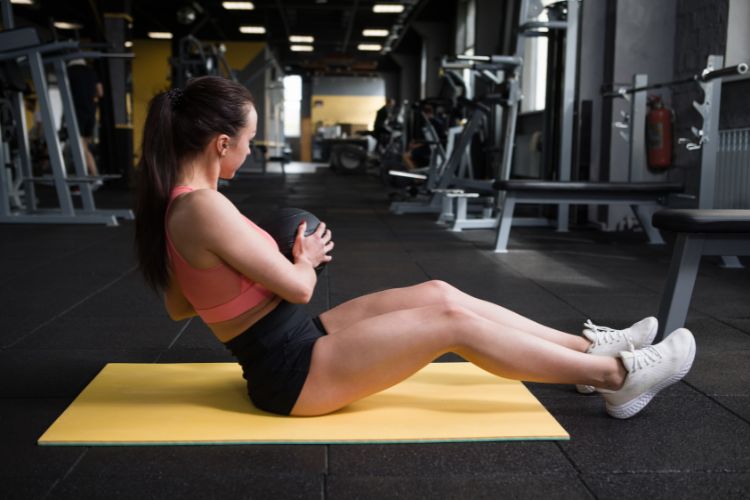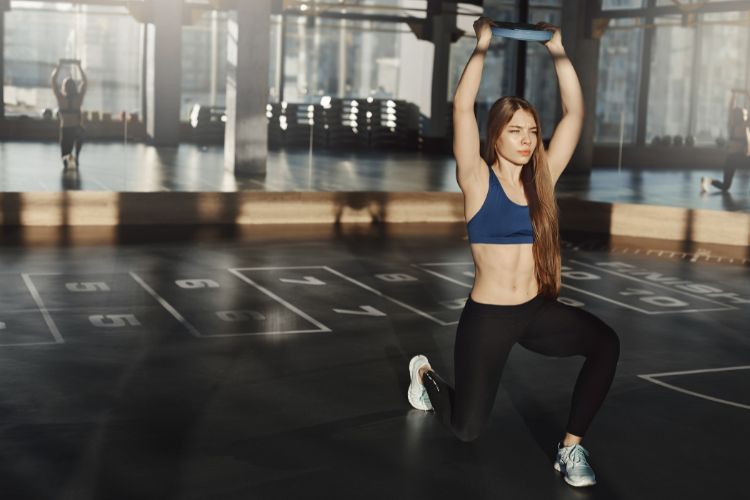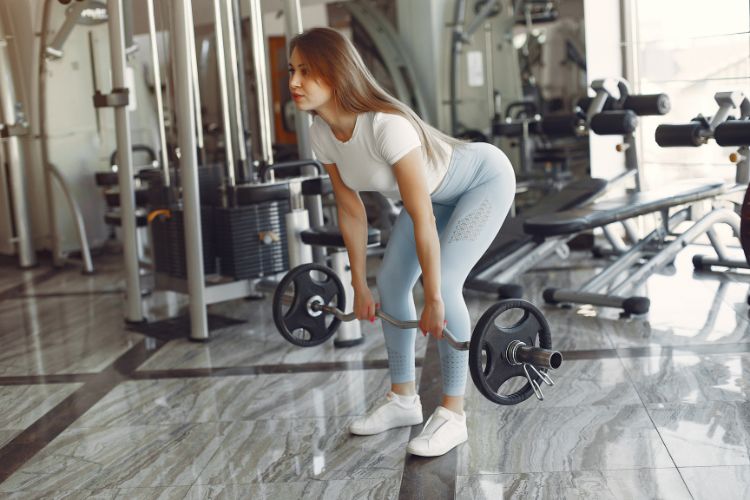Sign up for workout ideas, training advice, reviews of the latest gear and more.






Endurance training is not just for the elite or professional athletes. It’s a form of exercise that promises long-term benefits, both physical and mental, to women at any stage of their life. Historically, endurance sports and training were male-dominated realms, but times are changing. More and more women are taking up marathon running, long-distance cycling, triathlons, and other endurance sports, proving that strength and stamina know no gender.
A common misconception is that women are not built for endurance. But recent studies have shown that women might have certain advantages over men in endurance sports:
Better Fat Metabolism: Women tend to burn fat more efficiently than men during long-duration activities. This gives them a sustained energy source, which is beneficial in prolonged endurance events.
Thermal Advantage: Women generally have a higher surface area to volume ratio, which can be an advantage in hot conditions as they dissipate heat more effectively.
Muscle Fiber Composition: Women often have a higher proportion of Type I muscle fibers, which are fatigue-resistant and tailored for long-duration activities.
Cardiovascular Health: Endurance training strengthens the heart and reduces the risk of cardiovascular diseases, which are among the top killers for women globally.
Bone Health: Weight-bearing endurance exercises like running can increase bone density, reducing the risk of osteoporosis.
Mental Health: Endurance training can act as a mood enhancer by increasing the release of endorphins, reducing symptoms of depression and anxiety.
Weight Management: It aids in maintaining a healthy weight by increasing metabolism and fat utilization.
Increased Longevity: Regular endurance exercise can add years to one’s life and life to one’s years.
While there are numerous benefits, women also face unique challenges in endurance training:
Menstrual Cycle: Hormonal fluctuations can affect performance, recovery, and energy levels. Listening to one’s body and adjusting training intensity during different phases of the cycle is crucial.
Iron Deficiency: Women are more prone to iron-deficiency anemia, which can affect stamina. It’s essential to monitor iron levels and maintain a balanced diet.
Bone Density: While weight-bearing exercises can increase bone density, excessive training without proper nutrition can lead to decreased bone density and increased injury risk.
Body Image Pressures: Endurance sports, especially in the competitive realm, might expose women to body image pressures. Focusing on health and performance over aesthetics is key.
If you’re a woman considering embarking on the endurance journey, here’s a step-by-step guide to getting started:
Set Clear Goals: Whether it’s completing a 5K run, a century bike ride, or simply increasing stamina, having a clear goal will keep you motivated.
Begin Slowly: Especially if you’re new to endurance training, start with low-intensity, shorter duration exercises and gradually increase as your stamina builds.
Consistency is Key: Consistent training is more beneficial than infrequent, high-intensity bursts.
Seek Expert Advice: Consider hiring a coach or joining a local training group. Not only will this provide you with valuable insights, but it also offers a community of like-minded individuals for support.
Fuel Properly: Nutrition plays a pivotal role. Focus on a balanced diet with ample protein, complex carbohydrates, healthy fats, and hydration.
Rest and Recover: Ensure you’re giving your body adequate time to recover between workouts. Sleep, nutrition, and sometimes, complete rest, are vital components of an effective training regimen.
Listen to Your Body: Understand the difference between good pain (like muscle soreness) and bad pain (like joint pain or sharp aches). If something doesn’t feel right, consult a professional.
The conversation surrounding women in endurance training has evolved, and for a good reason. While men might exhibit more explosive power in short bursts due to higher testosterone levels, when it comes to stamina, women are showing significant strengths.
Hormonal Benefits
Women’s hormonal makeup, which is often seen as a hurdle in sports, has its benefits in endurance training. Estrogen, a primary female hormone, is known to provide an anti-inflammatory effect. This can aid in quicker recovery after long training sessions. Furthermore, estrogen may help muscles work more efficiently, which is crucial for long-duration events.
Beyond the physical realm, women’s prowess in endurance sports can also be attributed to psychological factors. Historically, women have been conditioned to multitask and handle prolonged stressors, whether that’s due to societal roles or caregiving responsibilities. This mental conditioning might lend an edge in endurance sports where mental grit is as important, if not more, than physical strength.
Women’s bodies have different nutritional and hydration needs, especially during endurance activities. While men tend to sweat more and lose more sodium, women face other challenges:
Calcium: Essential for bone health, women need to ensure their intake supports the added physical demand.
Iron: As mentioned, women are more prone to iron-deficiency anemia. Consuming iron-rich foods, especially during menstrual cycles, is crucial.
Hydration: Women’s bodies can be more susceptible to hyponatremia (low blood sodium). It’s essential to balance water and electrolyte intake during long exercises.
Training in sync with the menstrual cycle can be a game-changer for many women:
Follicular Phase (Days 1-14): Energy levels typically rise during this phase, making it a great time for high-intensity workouts and strength training.
Ovulation (Around Day 14): Women may feel stronger around this time, but they should be cautious as the risk of injury might increase due to the hormonal profile.
Luteal Phase (Days 15-28): Progesterone dominates, which can lead to fatigue. It might be a good time for moderate training or active recovery.
Many women in endurance sports are not just athletes. They’re mothers, professionals, caregivers, and more. This dual responsibility can be challenging yet empowering:
Time Management: Prioritizing workouts, sometimes even during odd hours, can help in maintaining consistent training.
Support Systems: Building a supportive ecosystem, whether family, friends, or training groups, can be instrumental in a woman’s endurance journey.
Mental Health: Juggling multiple roles can be taxing. Incorporating mindfulness practices, adequate sleep, and ensuring mental health is as much a priority as physical health can be a differentiator.
There’s a surge in communities centered around women in endurance sports. These groups provide motivation, guidance, and a sense of belonging:
Training Together: Joining an all-women’s training group or club can be both motivational and educational.
Sharing Stories: Real stories of real women breaking barriers in endurance sports can inspire the next generation of female athletes.
Mentorship: Seasoned female athletes mentoring newcomers can make the journey smoother and more enjoyable.
The journey of women in endurance training is multifaceted, intersecting physical prowess with mental resilience. As the sports world starts recognizing and celebrating the unique strengths and challenges women bring to the endurance arena, it’s a call for more women to step out, lace up those shoes, mount that bike, or dive into that water. Your endurance journey is a tribute to every stride women have taken in the field of sports and beyond. Embrace it, and inspire countless others.
Stay up to date on the latest women’s health, fitness and lifestyle trends and tips.